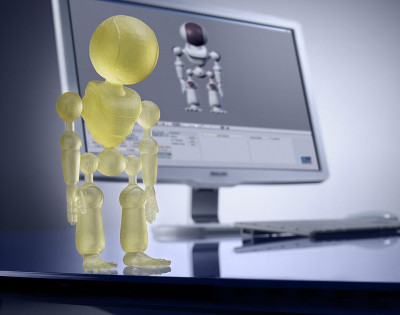Crime Scene Management involves the careful handling and preservation of evidence from a crime scene to ensure that the investigation can proceed with integrity. Key steps include securing the scene, documenting the evidence, and collecting samples for analysis. Proper chain of custody must be maintained to ensure that the evidence remains untainted. Forensic experts, such as crime scene investigators and forensic scientists, work closely with law enforcement to maintain the scene's integrity and analyze physical evidence.
Forensic Physics applies the principles of physics to solve crimes, particularly in the analysis of physical evidence and crime scenes. It involves using techniques such as ballistics analysis, blood spatter analysis, and the study of impact forces and trajectories to reconstruct events. For example, forensic physicists may analyze the trajectory of a bullet or the speed of a vehicle involved in a crash. These analyses help in determining the sequence of events, the mechanisms of injury, and the identification of objects or forces involved in a crime, providing crucial evidence for investigations.






